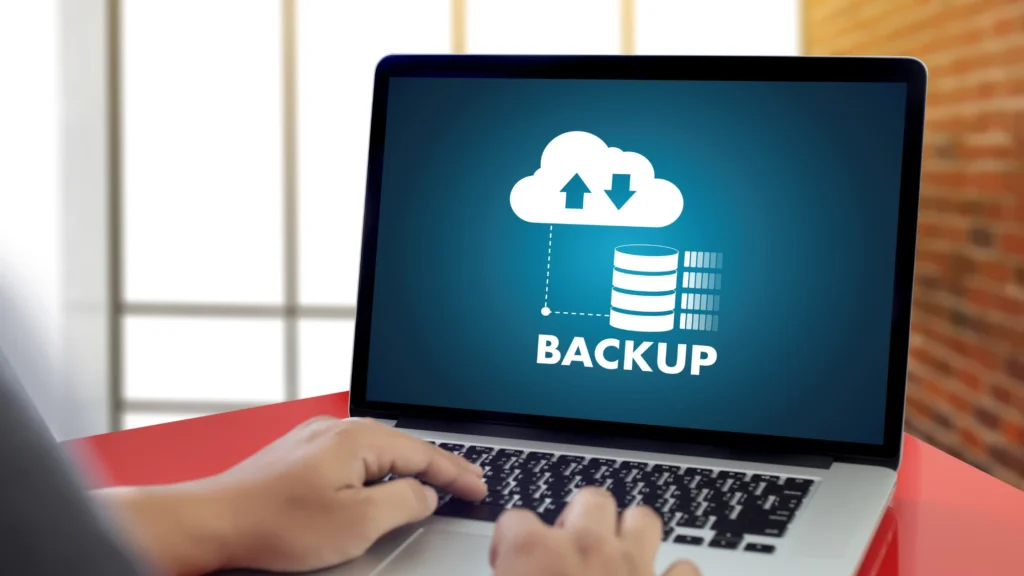Minecraft is a popular video game developed by Mojang Studios where you build with blocks. It has two modes:
- Survival- players must find resources and build to survive.
- Creative- gives players unlimited supplies, no need to eat, and instant block-breaking.
Minecraft servers let players connect and play together in the same world. Unlike the solo play, Minecraft servers allow players to collaborate, build, and explore.
Minecraft servers reset for various reasons, such as changing the server type or version, switching mod packs, or starting over with a fresh world.
Resetting a Minecraft server allows players to remove everything from the server, start fresh, and have a backup first.
Why Did My Minecraft Server Reset?
- Updates
Minecraft regularly receives updates from the game developers, introducing new features, bug fixes, and improvements.
Server updates may not be compatible with existing worlds and plugins. A server reset may be required to adapt to changes.
It ensures the server can use the latest game enhancements and maintain compatibility with plugins and mods.
- Plugin or Mod Conflicts
Minecraft servers use plugins and mods for custom features. Conflicts may arise between plugins or the game itself as the game evolves.
Server conflicts can cause instability, crashes, or errors. A server reset is needed to resolve these issues and create a stable environment.
- Hardware Failures
Servers, like any other computer system, rely on hardware to operate. Unfortunately, hardware failures can occur, leading to unexpected crashes and data loss.
Hardware failures can damage game worlds beyond repair, requiring a server reset.
- Corrupted world files
If the world files for your Minecraft server become corrupted, this can cause the server to reset. It can happen due to a power outage, hardware failure, or software bug.
- Changing server type or version
After changing the server’s version, the server may not start due to the world or mods. To change the server version, navigate to the control panel and select the desired version.
Consequences of Minecraft server reset
- Complete deletion of player data files: When a Minecraft server is reset, all player data files are completely deleted and cleared, including a player’s inventory, money balance, and other progress.
- Removal of all server data: Resetting a Minecraft server removes all data, including buildings, items, and player progress.
- Loss of progress: Players may lose all progress they have made on the server, including buildings, items, and other achievements.
- Even playing field: Resetting a Minecraft server can be beneficial for creating an even playing field for all players, as it prevents any one player from becoming too powerful.
- New world generation: Resetting a Minecraft server allows players to generate a new world for the server and give players a new level to explore.
Troubleshooting Minecraft Server Resets
- Check the world files: If you think your Minecraft server reset because of corrupted world files, you can try to repair the files using a tool like MCEdit.
- Check the server logs: The logs will contain information about any errors before the server reset. This information can help you to identify the cause of the reset.
- Restart the server: If you can’t find any errors in the logs, you can try restarting the server. It may fix the problem if a temporary issue causes the reset.
- Seek community support: Reach out to the Minecraft community for assistance. Online forums can provide valuable insights from experienced players and server admins.
- Consult server hosting provider: If you use a server hosting service, contact their support team for guidance. They can help you troubleshoot or reset the server.
- Review server settings: Double-check the settings to ensure the reset is not unintentional. Check server properties for conflicting or incorrect settings that may trigger a reset.
The best preventive measures for Minecraft server resets
- Regularly backup server files: Create backups of your Minecraft server files, including the world data and player files. Back up the server to ensure a copy is available in case of a reset or data loss.
- Document server settings: Keep a record of your settings, including configurations, plugins, and mods. This documentation will help you restore your server to its previous state after a reset.
- Test server updates and changes: Test significant updates and changes in a separate environment before implementing them on your server. It helps identify potential issues that could lead to a server reset.
- Communicate with players: Inform players of planned server resets so they can prepare and avoid frustration.
- Regular server maintenance: Restart servers regularly to optimize performance, monitor resource usage, and prevent issues caused by excessive RAM usage.
- Seek professional assistance: Consult experienced Minecraft server admins or hosting providers for guidance, best practices, and help to prevent server resets.
- Restart your server regularly. Restart your server daily to clear temporary files and memory leaks. You can set up a cron job to automate this.
Conclusion
In conclusion, this blog post explored the reasons behind “Why Did My Minecraft Server Reset?” We understood a server reset involves wiping the game world to start fresh.
Common causes include updates, plugin issues, and hardware failures. Regular server maintenance is essential for stability, performance, and security.
A maintenance checklist provides admins with practical steps to prevent future resets. Preparedness, communication, and proactive management are crucial for server success.
Backups, transparency, and prevention reduce the need for resets. Setbacks in Minecraft can be opportunities for growth and stronger communities.
Embrace resets to embark on new adventures and forge stronger bonds.

